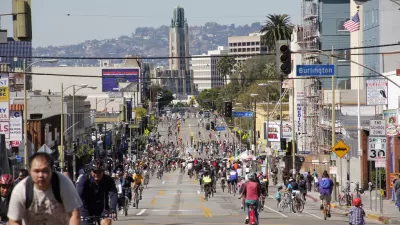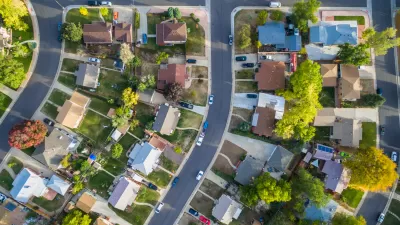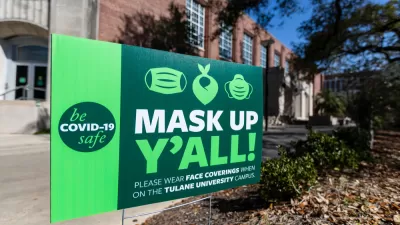The Gehl Institute's new Inclusive Healthy Places Framework is a free tool for evaluating and creating inclusive public places that support health equity.

How do we know when public space supports health, and when processes that shape public spaces are inclusive? Despite the growing evidence connecting place and health, design and physical activity, the natural environment and mental well-being, and more, there are few available resources to help planners and policymakers identify the kind of real evidence that is needed to help make decisions and fund public space projects that promote individual and community health and well-being. Similarly, though inclusion as a concept is well-discussed, there is no clear, shared working definition that can be tested and measured in design and public health practice.
The new report, Inclusive Health Places: A Guide to Inclusion & Health in Public Space. Learning Globally to Transform Locally, by Gehl Institute describes the Inclusive Healthy Places Framework, a free tool for evaluating and creating inclusive, healthy public places that support health equity.
However, not all public spaces are created or maintained equally or equitably. Nor are the neighborhoods, towns, or cities that surround them. In fact, health disparities and inequities often are correlated with such factors as limited access to and low quality of available public spaces, as well as lesser degrees of representation and participation in the process of shaping and maintaining public spaces.
About the Report
The Framework and supporting analysis presented in the Inclusive Healthy Places report and on this site represent a synthesis of research and expertise in public health and urban planning and design, with specific focus on the social determinants of health that can be viewed clearly through the lens of public space.
The Guiding Principles of Inclusive Healthy Places introduced in the report and Framework outline four distinct but interrelated areas in which public space intersects with health equity and inclusion:
Principle 1. Recognize community context by cultivating knowledge of the existing conditions, assets, and lived experiences that relate to health equity.
Principle 2. Support inclusion in the processes that shape public space by promoting civic trust, participation, and social capital.
Principle 3. Design and program public space for health equity by improving quality, enhancing access and safety, and inviting diversity.
Principle 4. Foster social resilience and capacity of local communities to engage with changes in place over time by promoting representation, agency, and stability.
FULL STORY: Inclusive Health Places: A Guide to Inclusion & Health in Public Space.

Alabama: Trump Terminates Settlements for Black Communities Harmed By Raw Sewage
Trump deemed the landmark civil rights agreement “illegal DEI and environmental justice policy.”

Planetizen Federal Action Tracker
A weekly monitor of how Trump’s orders and actions are impacting planners and planning in America.

The 120 Year Old Tiny Home Villages That Sheltered San Francisco’s Earthquake Refugees
More than a century ago, San Francisco mobilized to house thousands of residents displaced by the 1906 earthquake. Could their strategy offer a model for the present?

In Both Crashes and Crime, Public Transportation is Far Safer than Driving
Contrary to popular assumptions, public transportation has far lower crash and crime rates than automobile travel. For safer communities, improve and encourage transit travel.

Report: Zoning Reforms Should Complement Nashville’s Ambitious Transit Plan
Without reform, restrictive zoning codes will limit the impact of the city’s planned transit expansion and could exclude some of the residents who depend on transit the most.

Judge Orders Release of Frozen IRA, IIJA Funding
The decision is a victory for environmental groups who charged that freezing funds for critical infrastructure and disaster response programs caused “real and irreparable harm” to communities.
Urban Design for Planners 1: Software Tools
This six-course series explores essential urban design concepts using open source software and equips planners with the tools they need to participate fully in the urban design process.
Planning for Universal Design
Learn the tools for implementing Universal Design in planning regulations.
Clanton & Associates, Inc.
Jessamine County Fiscal Court
Institute for Housing and Urban Development Studies (IHS)
City of Grandview
Harvard GSD Executive Education
Toledo-Lucas County Plan Commissions
Salt Lake City
NYU Wagner Graduate School of Public Service





























